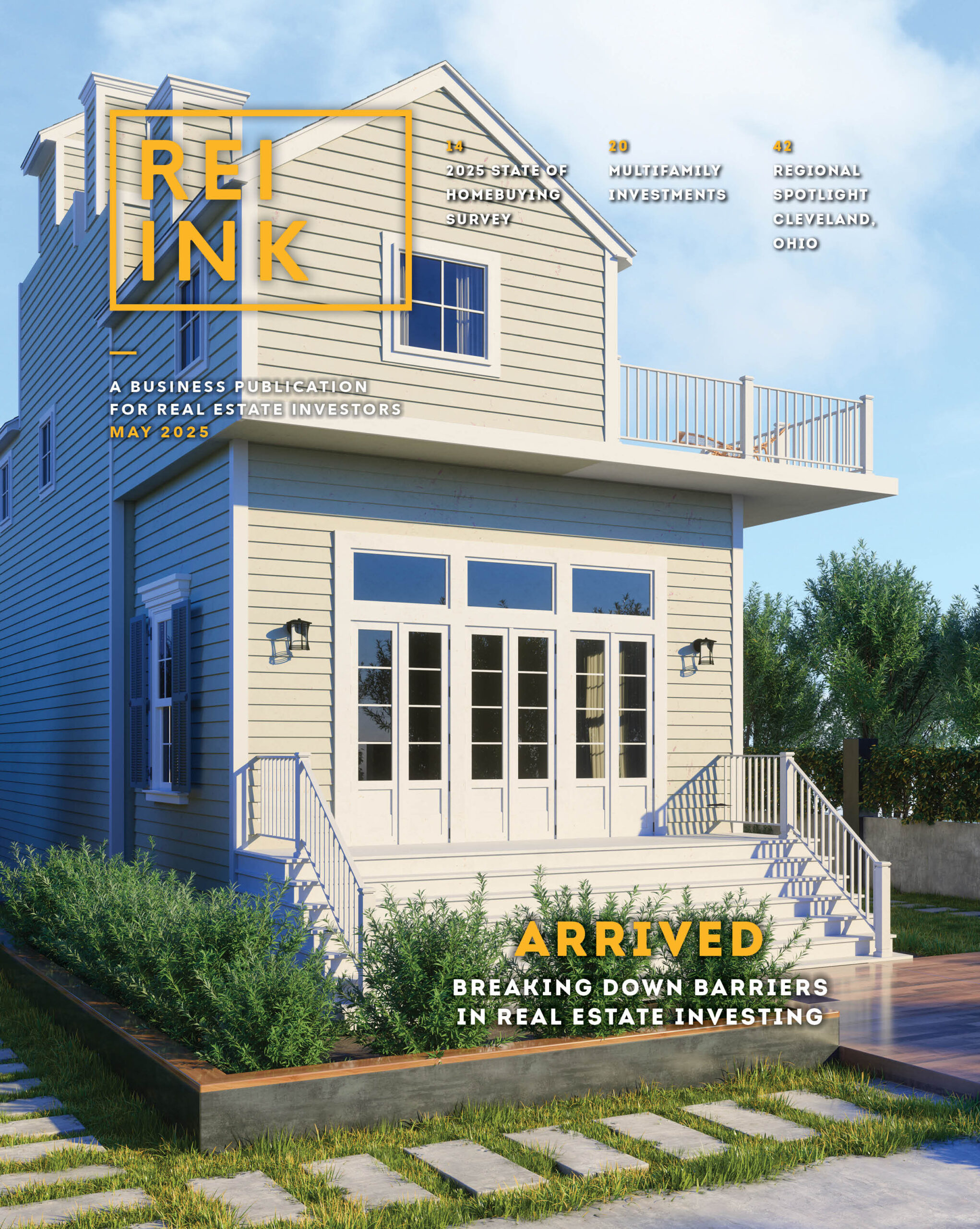A new analysis released today from RealtyTrac shows that single-family rental property owners in 48% of all U.S. counties are at above average risk for default. The RealtyTrac Rental Property Risk Report gauges the relative default risk of single-family rental homes, almost 90% of which are owned...
Month: February 2021
Pay Ready Eliminates Friction for Resident Payments As Moratoriums Extend
Pay Ready Inc., (formerly Debt Logic) a cloud based software where clients can manage and track everything debt related in one place, has proven to benefit companies in the multi housing sector. Knowing that there are major gaps in communication, technology, and trust from the time a file is...
EXIT Realty Corp. International Adds NetSheet™ to Premier Partner Program
NetSheet™, a company which provides brokerages and their agents with the ability to generate accurate buyer and seller estimates through a seamless integration with their preferred title companies right on their real estate websites, announced its strategic partnership launch with EXIT Realty...
Austin, Atlanta & Tampa Are Attracting Homebuyers From More Expensive Cities, Contributing to a Housing Supply Crunch
Nationwide, 27.8% of Redfin.com users looked to move to another metro area in 2020, according to a new report from Redfin (www.redfin.com), the technology-powered real estate brokerage. That's up from 25.5% in 2019, a 9% year-over-year increase. The increase is driven by people leaving...
CIVIC FINANCIAL SERVICES ANNOUNCES ACQUISITION BY PACWEST BANCORP
Civic Financial Services, LLC (“CIVIC”) announced today that Pacific Western Bank has purchased the company from Wedgewood, LLC (“Wedgewood”). Based in Redondo Beach, Calif., CIVIC is one of the leading institutional private lenders in the U.S. specializing in originating residential...
Target Auction Company Announces Online Auction Sale of 15 South Florida Residential Rental Properties
Target Auction Company is offering 15 residential rental properties in Southeast Florida at online auction. The properties are located within the cities of Pompano Beach, Ft. Lauderdale, Hollywood, Miami Gardens, Opa Locka, Miami, and Homestead,...
ATTOM Becomes Fast-Growing Data Licensing Company With CEO Rob Barber At The Helm
As the real estate industry continues to digitize, ATTOM continues to grow rapidly by providing a broad spectrum of businesses the data needed to enable digital products. Once an investor focused subscription business, ATTOM has evolved into the country's leading data licensing platform...

How Home Service Plans Can Help Protect Your Investment
The Importance of Implementing A Risk Management Plan By: Brett Worthington In the world of real estate investing, finding the right property at the right time is just the tip of the iceberg when it comes to building and protecting your portfolio. Successful investors understand the importance of...

Investor Profile
Almas and Asif (AJ) Jadavji THE ENTREPRENURIAL SPIRIT Prior to becoming independent HomeVestors® business owners, Almas and Asif (AJ) Jadavji already possessed the two main ingredients for success: THE ENTREPRENURIAL SPIRIT and WORK ETHIC. While still living in Canada (they both have dual...







